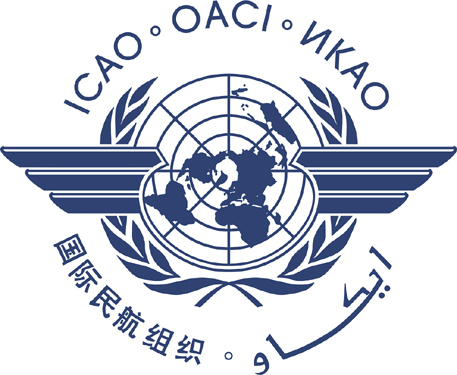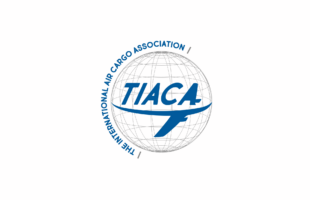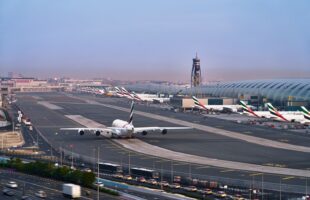
Governments, industry and environmental groups meeting at the International Civil Aviation Organisation (ICAO) have finalised the design of the first global certification standard for CO2 emissions from new aircraft. The new environmental standard was unanimously recommended by the 170 international experts on ICAO’s Committee on Aviation Environmental Protection (CAEP), paving the way for its ultimate adoption by the UN agency’s 36-State Governing Council.
The standard, which has taken six years of painstaking negotiation and technical work, was approved by ICAO’s Committee on Aviation Environmental Protection. Set to come into force from 2020, the new standard will ensure that CO2 emissions from new aircraft meet a minimum baseline (defined as a maximum fuel burn per flight kilometre which must not be exceeded).
The standard will also be phased in for all existing aircraft types rolling off the production line from 2023, even if they were designed and launched prior to 2020. It will also be reviewed periodically to increase its stringency in line with technological advancement.
Welcoming the agreement, the International Air Transport Association (IATA) said: “The agreement of this CO2 Standard is a vital and very welcome development. The CO2 Standard does not solve aviation’s climate challenge on its own, but it is an important element in our comprehensive strategy for tackling carbon emissions.
“The next milestone will be the implementation of a market-based measure to address CO2 emissions, which we hope to see agreed at the ICAO Assembly in September. Our shared industry goals are for carbon-neutral growth from 2020, and for a 50 per cent cut in CO2 emissions by 2050. This CO2 standard is a significant milestone towards those targets, and proves that the industry and the world’s governments are working together to find a sustainable future for aviation,” said Tony Tyler, IATA’s director general and CEO.
“Today’s agreement represents an important next step in aviation’s commitment to tackle climate change, and ICAO is to be commended for agreeing on the CO2 Standard,” said Angela Gittens, director general, Airports Council International (ACI).
“The industry is moving forward collectively with ambitious goals—and more importantly making measureable progress—to cap net CO2 emissions from 2020 and reduce net CO2 emissions from aviation to half of 2005 levels by 2050.”It is no exaggeration to say that the future of aviation depends on our dedication to the cause of environmental stewardship,” Gittens added. “Today’s agreement underscores the sector’s united stance on carbon emissions reduction.”
For its part, ACI has developed the Airport Carbon Accreditation programme, launched in 2009, which helps airports become certified across four levels: Mapping, Reduction, Optimisation and Neutrality. As of early January 2016, 151 airports worldwide have been certified, representing 31.2 per cent of global air passenger traffic.









